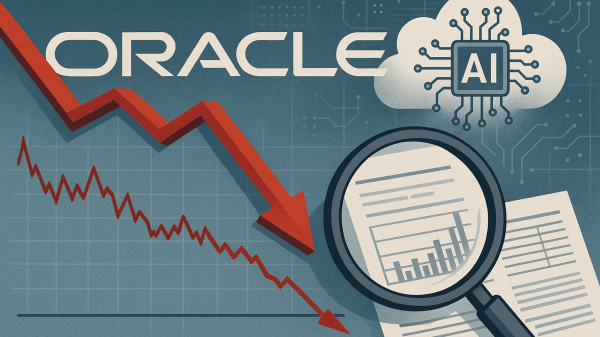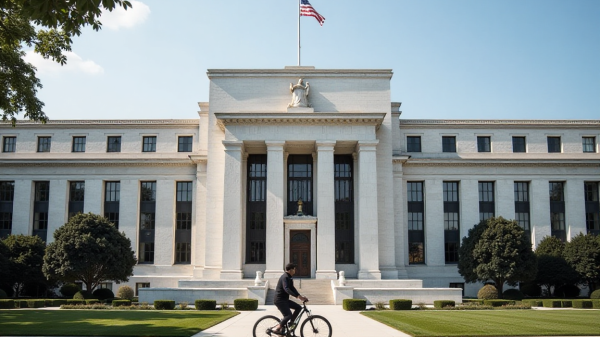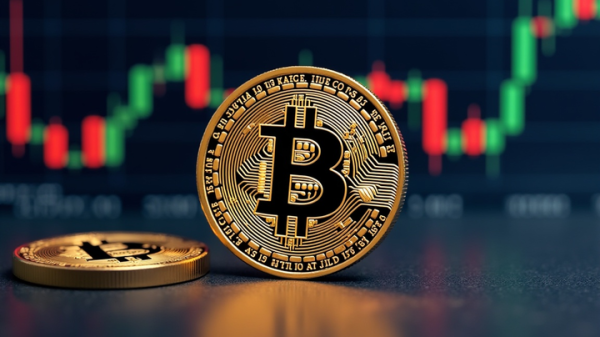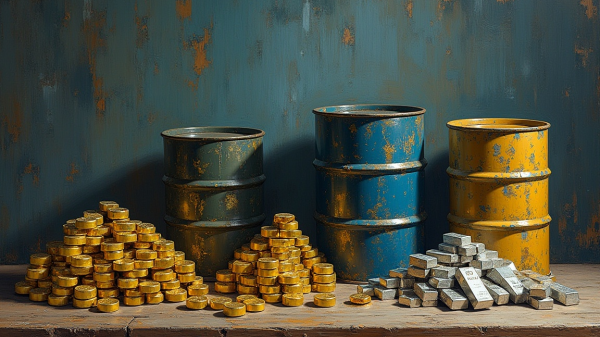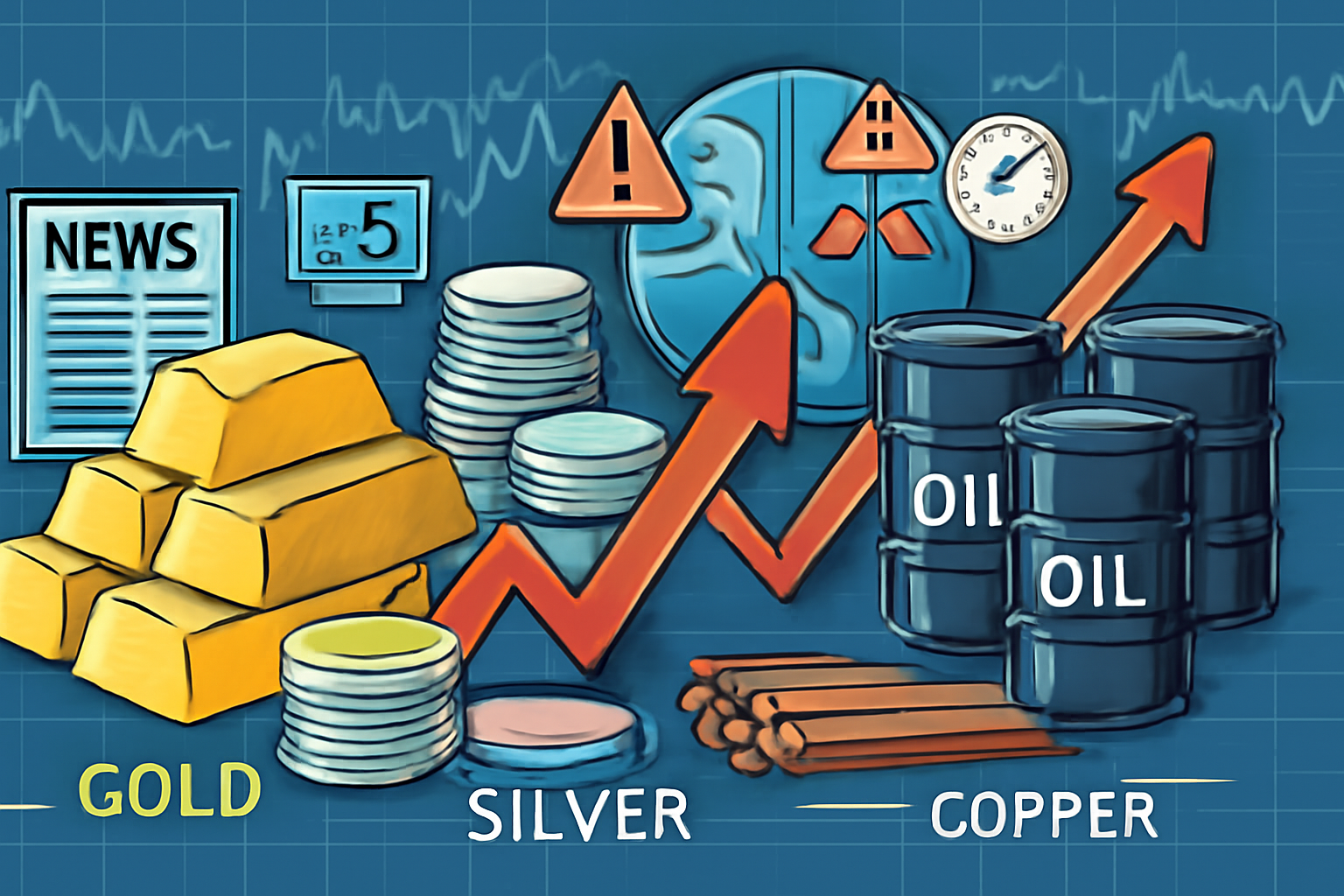Gold prices extended its fall on Tuesday as easing trade tensions boosted risk appetite among investors, and weighed on the yellow metal.
Oil prices dropped over 1% on Tuesday, marking a third consecutive day of decline.
This dip in oil prices comes as investors weigh the impact of US sanctions against Russia’s two largest oil companies and consider a potential OPEC+ strategy to boost output.
Copper prices fell on Tuesday after the metal rose sharply at the beginning of the week.
Gold extends losses
On Tuesday, gold prices dropped over 2% to a three-week low.
This decline was attributed to an increase in risk appetite, fueled by optimism regarding easing trade tensions, which reduced demand for gold as a safe-haven asset.
Investors are now focusing on the Federal Reserve’s policy meeting scheduled for this week.
On Monday, US President Donald Trump expressed optimism about reaching a trade agreement with China.
Simultaneously, he announced several new deals on trade and critical minerals in Malaysia with four Southeast Asian nations.
This announcement followed Sunday’s discussions where top Chinese and US economic officials laid out the framework of a trade deal, which Trump and his Chinese counterpart Xi Jinping are set to finalize during their meeting on Thursday.
On Monday, gold prices dropped over 3%, falling under $4,000 per troy ounce for the first time in three weeks.
The price of spot silver saw a significant drop of nearly 5% on Monday, reaching a two-month low of $45.6 per ounce on Tuesday.
This marks its lowest point since late September.
“It is not unusual for silver to follow gold’s price movements downwards disproportionately,” Carsten Fritsch, commodity analyst at Commerzbank AG, said in a report.
It is not unusual for silver to follow gold’s price movements downwards disproportionately.
Oil falls
Oil prices slipped on Tuesday after starting the week on a positive note in the previous session.
Last week, Brent and West Texas Intermediate crude oil prices saw their most significant weekly increase since June.
This surge was primarily a reaction to Trump’s imposition of Ukraine-related sanctions on Russian oil companies Lukoil and Rosneft, marking the first such action in his second term.
Investors are still considering the potential impact of the sanctions imposed on Russia.
Since last Friday, prices have moderated slightly. Some analysts are questioning the effectiveness of these new sanctions, especially considering previous rounds.
Lukoil has announced plans to sell its international assets.
This comes as the Organization of the Exporting Countries and allies are anticipated to declare another production increase, which would further decrease the output reduction that has been in place for several years.
“It surprised traders at the beginning of this month by announcing a smaller increase than expected,” said David Morrison, senior market analyst at Trade Nation.
Could that happen again, or will OPEC+ surprise to the upside this time?
At the time of writing, the WTI crude was at $60.48 per barrel, down 1.4%, while Brent was down 1.3% at $64.08 a barrel.
Base metals
Meanwhile, copper prices were nearing its May 2024 record high of $11,104.50 per ton.
A US-China trade agreement would mitigate a significant downside risk for copper.
“With supply disruptions stacking up and trade optimism growing, the outlook for copper is starting to look brighter,” analysts at ING Group said in a note.
Expectations of another Federal Reserve interest rate cut this week, following a softer-than-expected US inflation report last Friday, have also given industrial metals a further boost.
However, copper prices dipped on Tuesday as investors booked profits.
Inventories at the London Metal Exchange continue to decline, but this isn’t indicative of a widespread supply shortage, according to Thu Lan Nguyen, head of FX and commodity research at Commerzbank.
Instead, it suggests metal is returning to the US, as the COMEX price has risen since September and now exceeds the LME price, she said.
“Given that the US government had refrained from imposing tariffs on refined copper and there are currently no signs that it will change its stance, this development is surprising,” Nguyen said.
We assume that the price difference will not last and that a recovery in LME inventories is therefore likely, given that metal production remains high in China, the most important producing country.
The post Commodity wrap: gold, crude tumble on easing trade tensions; copper near record highs appeared first on Invezz

